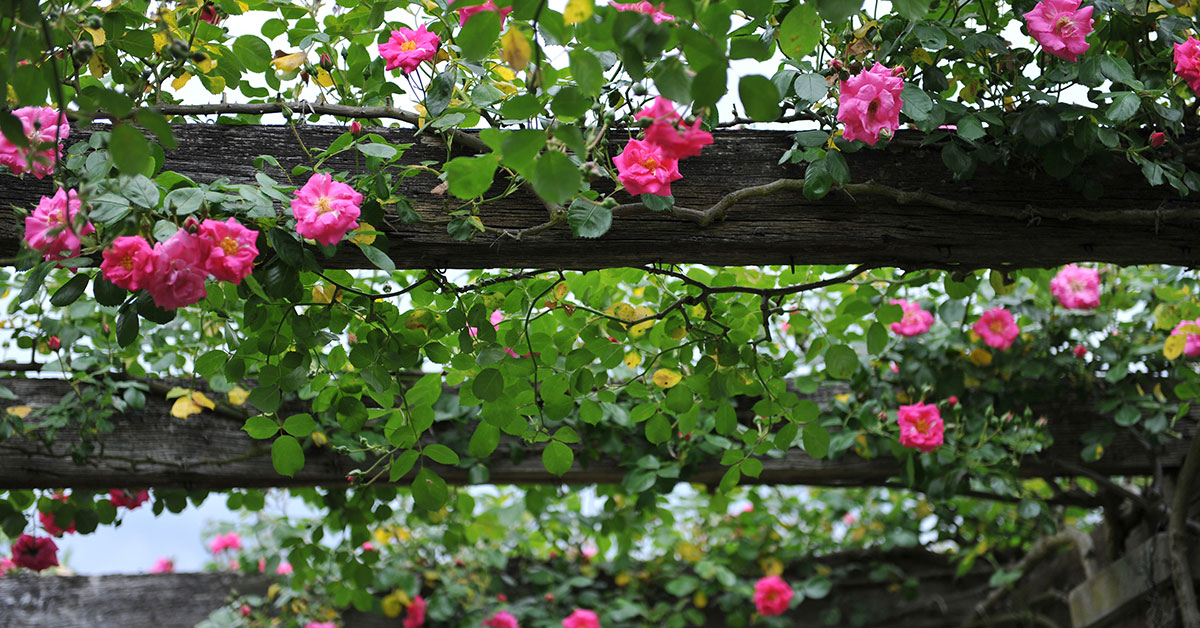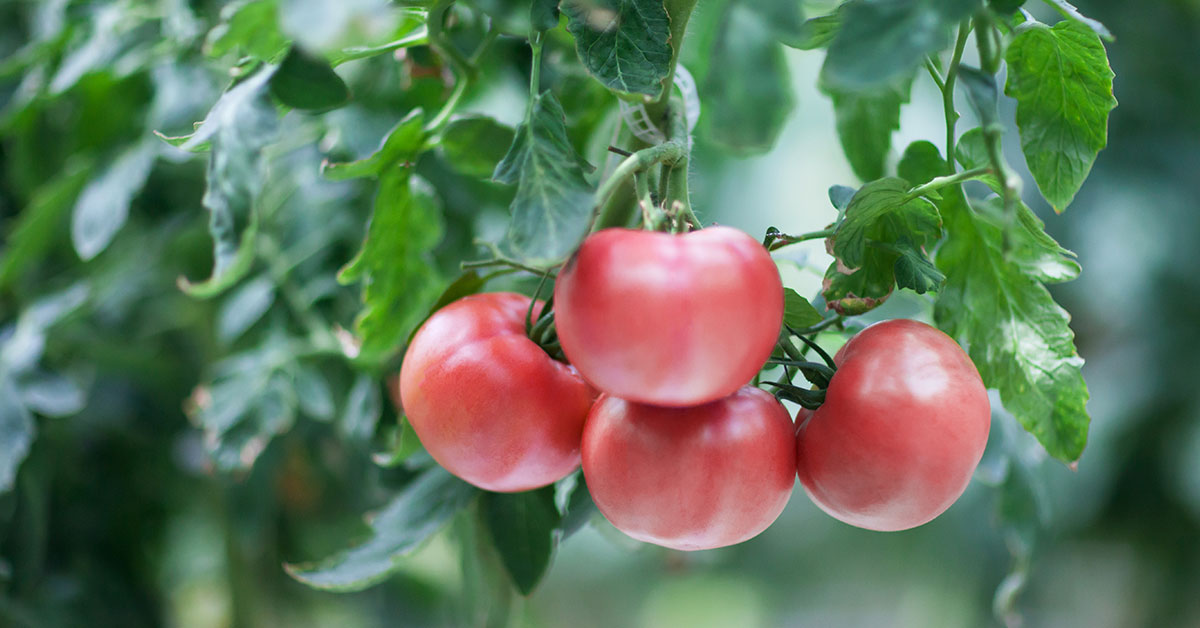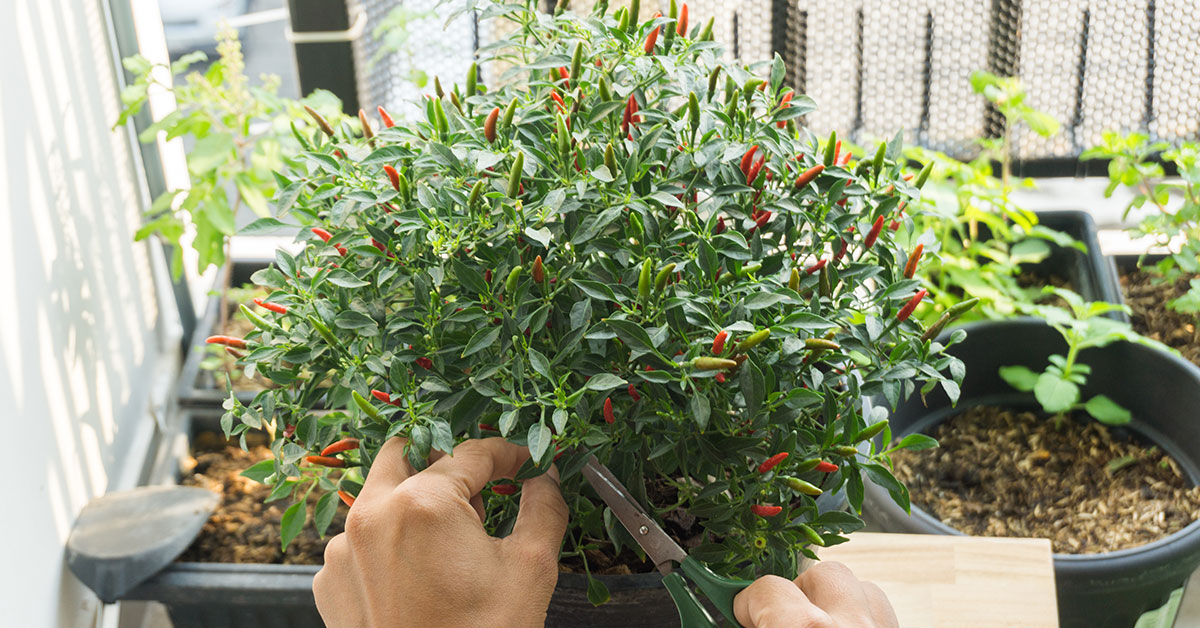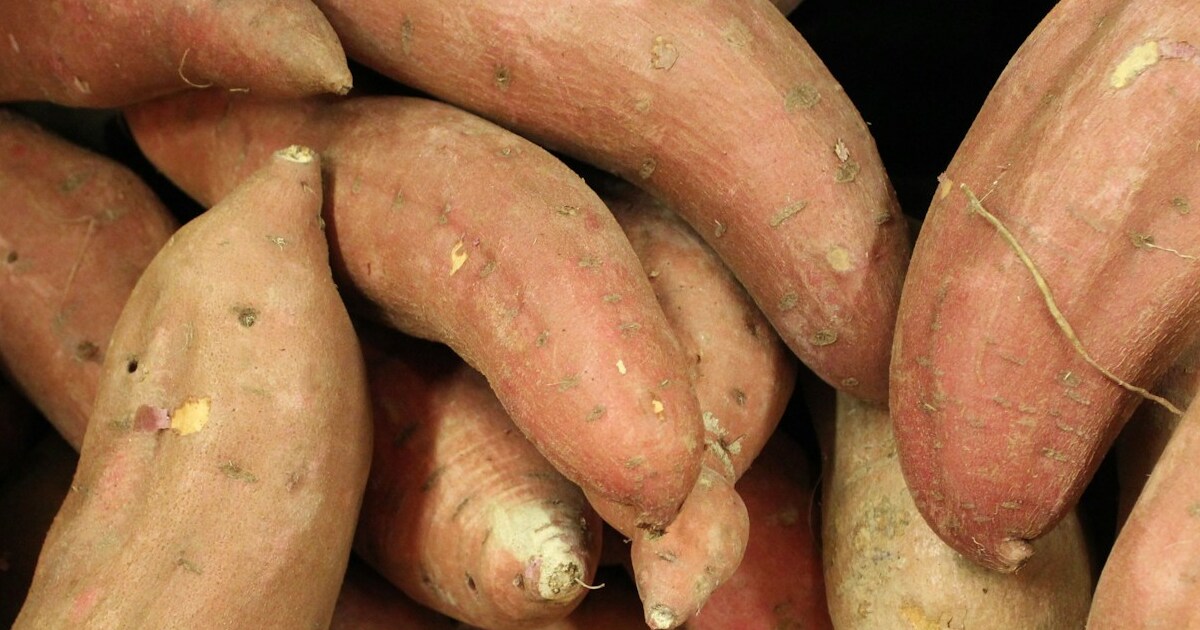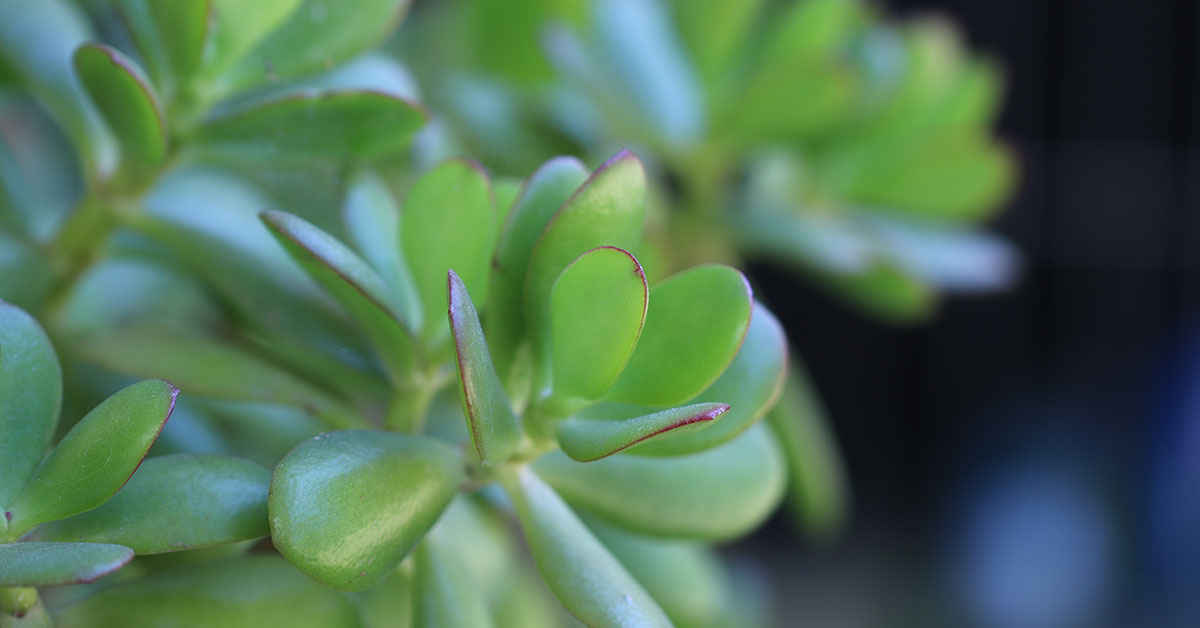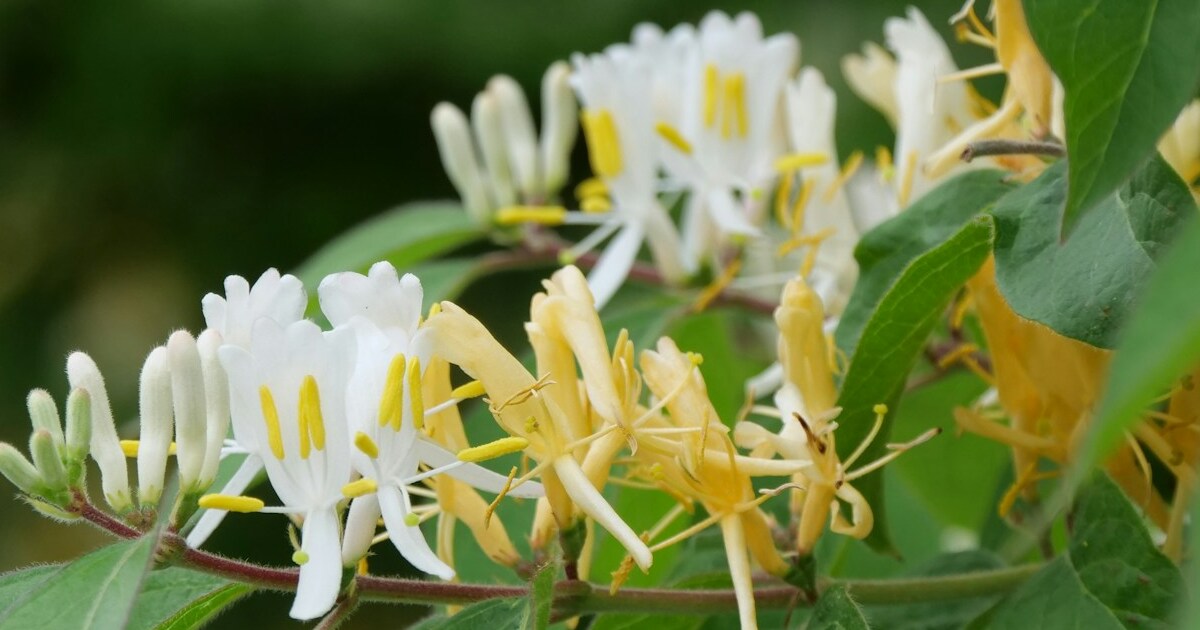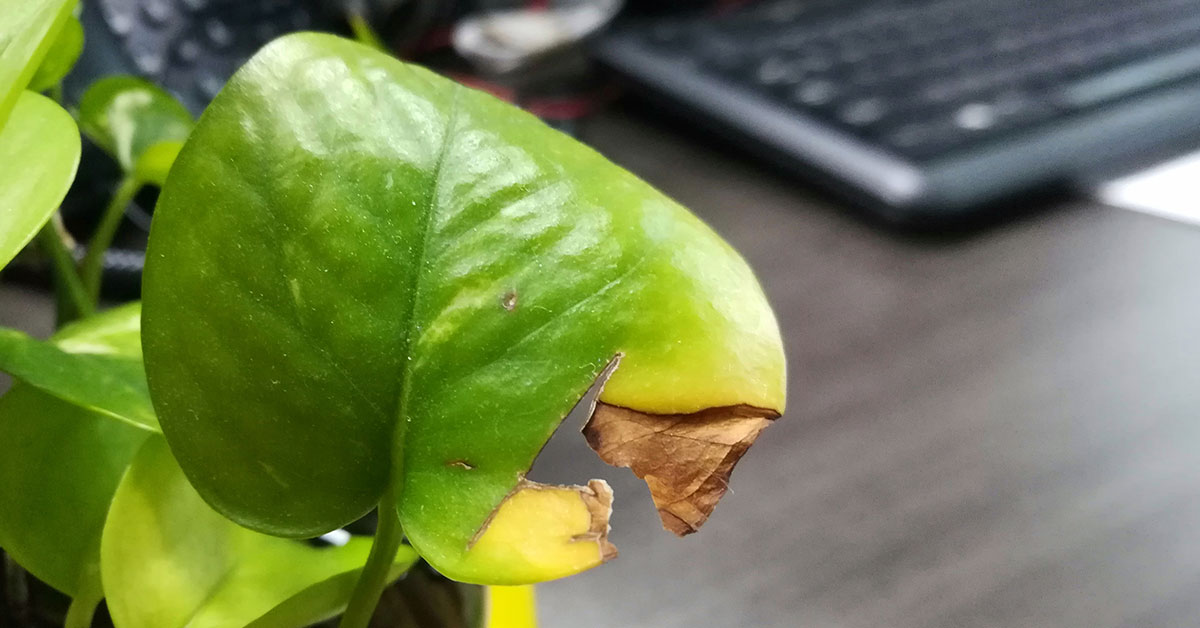Are you a rose enthusiast looking to enhance the beauty of your garden? If so, timing is everything when it comes to planting roses in the UK. The United Kingdom’s unique climate and weather patterns require careful consideration to ensure the success of these beloved flowers.
In this article, we will explore the best time to plant roses in the UK, providing detailed insights and expert advice to help you make informed decisions. Whether you are a seasoned gardener or a beginner, understanding the optimal planting times will not only guarantee healthy growth but also vibrant and abundant blooms that will delight your senses throughout the year.
So, let’s dive into the world of roses and discover the perfect timing to bring these remarkable flowers into your garden.
Best roses to grow in the United Kingdom
There are several good varieties of roses that thrive in the UK climate. Here are some popular and reliable choices:
- ‘Gertrude Jekyll’: This English Shrub Rose is known for its strong fragrance and beautiful pink blooms. It has a repeat-flowering habit and is disease resistant.
- ‘Graham Thomas’: A highly regarded yellow rose, ‘Graham Thomas’ is an English Shrub Rose with a strong, fruity fragrance. It produces large, cup-shaped flowers and has good disease resistance.
- ‘Queen Elizabeth’: This classic hybrid tea rose features large, pink blooms and a strong fragrance. It is a vigorous grower and can reach a height of around 5 feet. It is known for its disease resistance.
- ‘Lady of Shalott’: Another English Shrub Rose, ‘Lady of Shalott’ has charming apricot-orange flowers with a strong fragrance. It blooms continuously throughout the summer and has good disease resistance.
- ‘Winchester Cathedral’: This white rose is a compact and disease-resistant variety. It features double blooms with a delicate fragrance and is a great choice for small gardens or containers.
- ‘Munstead Wood’: A richly fragrant and deep red English Shrub Rose, ‘Munstead Wood’ produces large, cup-shaped flowers. It has good disease resistance and a bushy growth habit.
- ‘The Fairy’: A versatile and popular rose, ‘The Fairy’ is a reliable dwarf polyantha rose. It produces clusters of small, pink blooms and has excellent disease resistance.
Remember, these are just a few examples, and there are many more rose varieties available. When choosing roses for your garden, consider factors such as fragrance, color, growth habit, disease resistance, and the specific conditions of your garden.
When to plant roses in the UK
The United Kingdom is divided into several hardiness zones, which are determined by the average annual minimum temperature in a specific region. These zones help gardeners understand which plants are most likely to thrive in their area. The UK mainly falls under Zones 7 and 8, with some parts of Scotland falling into Zone 6.
When it comes to planting roses in the UK, it is important to consider the local climate and the specific variety of rose you wish to grow. Generally, the best time to plant roses in the UK is during the dormant season, which is typically in late autumn or early spring. This allows the roses to establish their root systems before the active growing season begins.
Late autumn planting (October to early November) is often preferred because it gives the roses time to settle in and develop roots before winter dormancy. However, it’s important to ensure that the soil is still workable and not frozen or waterlogged.
Early spring planting (March to April) is also a suitable time for rose planting in the UK. By planting early in the year, the roses have the opportunity to establish themselves before the warmer months. However, avoid planting too early if the soil is still cold and wet, as this can hinder root development.
It’s worth noting that container-grown roses can be planted at any time of the year as long as the ground is not frozen or waterlogged. However, it’s generally recommended to avoid planting roses during the height of summer, as they may struggle to establish themselves in hot and dry conditions.
Before planting roses, it is essential to prepare the soil by removing any weeds, incorporating organic matter, and ensuring good drainage. Roses prefer fertile, well-drained soil and a sunny location.
Remember to choose rose varieties that are suitable for your specific hardiness zone, as some roses may not tolerate colder temperatures. Additionally, consider factors such as disease resistance, fragrance, and growth habit when selecting roses for your garden.
By following these guidelines and considering the specific needs of the roses you wish to grow, you can ensure a successful and beautiful rose garden in the UK.
When to pick roses in the UK
The optimal time to harvest roses in the UK is typically during the summer months, from June to August. This is when roses are in full bloom and have reached their peak in terms of fragrance and color. It is best to harvest roses in the early morning or late afternoon when the temperatures are cooler, as this helps preserve the quality of the flowers. Additionally, it is recommended to choose roses that are fully open but not overly mature, as they will last longer once cut.
Other considerations
When growing roses in the UK, there are several important considerations to keep in mind:
- Climate: Roses generally prefer a mild climate with moderate temperatures. The UK climate can be challenging for roses due to its cool and damp conditions. It is essential to choose rose varieties that are well-suited to the UK climate, such as English roses or other disease-resistant varieties.
- Soil: Roses thrive in well-draining soil that is rich in organic matter. Before planting, it is advisable to improve the soil by incorporating organic compost or well-rotted manure. This helps promote healthy root growth and improves the overall health of the plants.
- Sunlight: Roses require at least six hours of direct sunlight each day to flower properly. When selecting a planting location, choose an area that receives ample sunlight throughout the day.
- Watering: Roses need regular watering, especially during dry periods. However, it is important to avoid overwatering, as this can lead to root rot and other fungal diseases. Aim for deep, thorough watering rather than frequent shallow watering.
- Pruning: Regular pruning is crucial for maintaining the health and shape of roses. In the UK, roses are typically pruned in late winter or early spring, just before new growth begins. Pruning helps remove dead or diseased wood and encourages new growth and flowering.
- Disease and pest control: Roses in the UK are susceptible to various diseases and pests, such as blackspot, powdery mildew, aphids, and rose slugs. Regular monitoring, proper sanitation, and the use of organic or chemical controls when necessary can help manage these issues.
- Feeding: Roses benefit from regular feeding to promote healthy growth and abundant flowering. Use a balanced rose fertilizer or incorporate well-rotted manure or compost into the soil during the growing season.
- Mulching: Applying a layer of organic mulch around the base of rose plants helps conserve moisture, suppress weeds, and regulate soil temperature. Mulching also improves soil structure over time as it breaks down.
By considering these factors and providing the necessary care, you can successfully grow beautiful roses in the UK.


